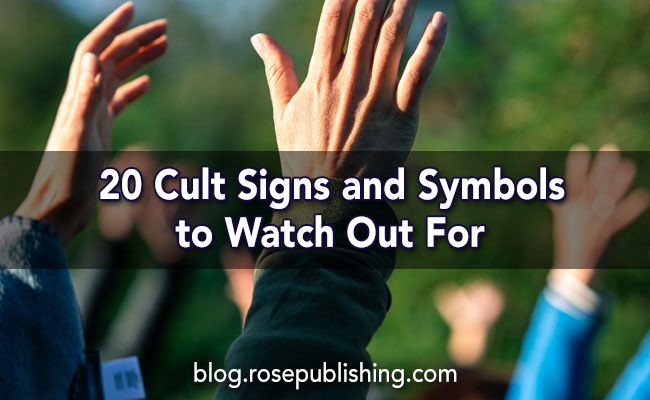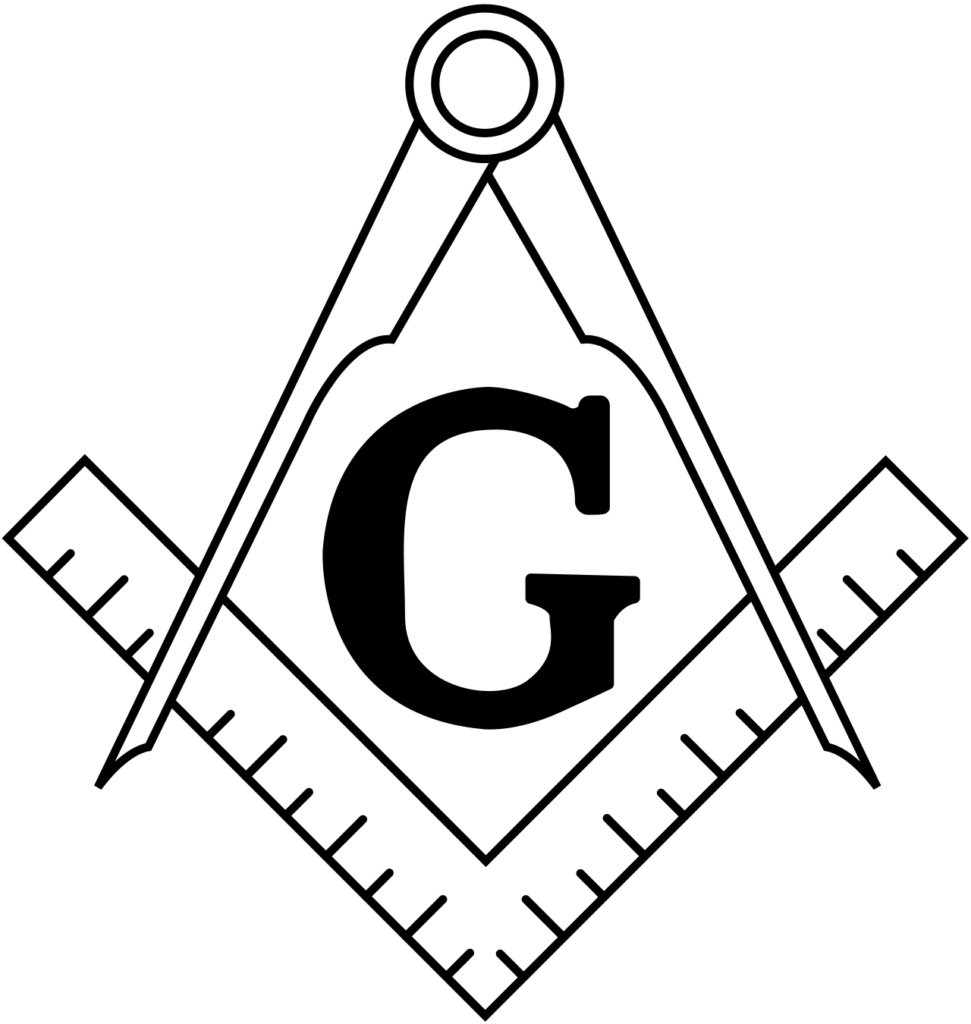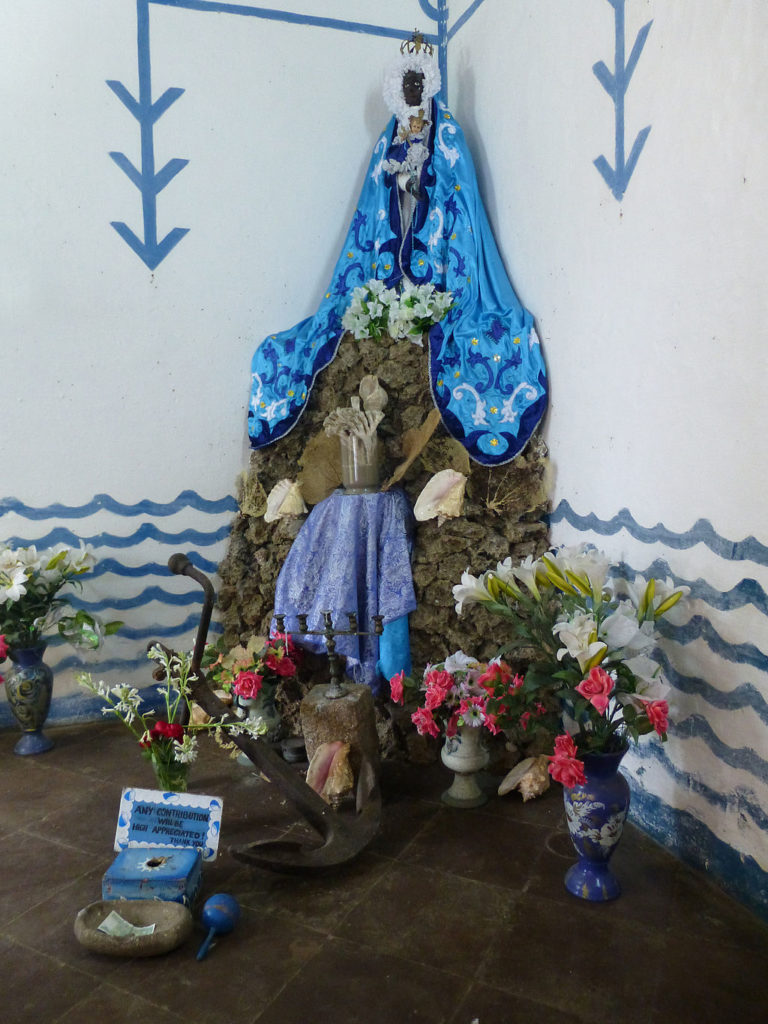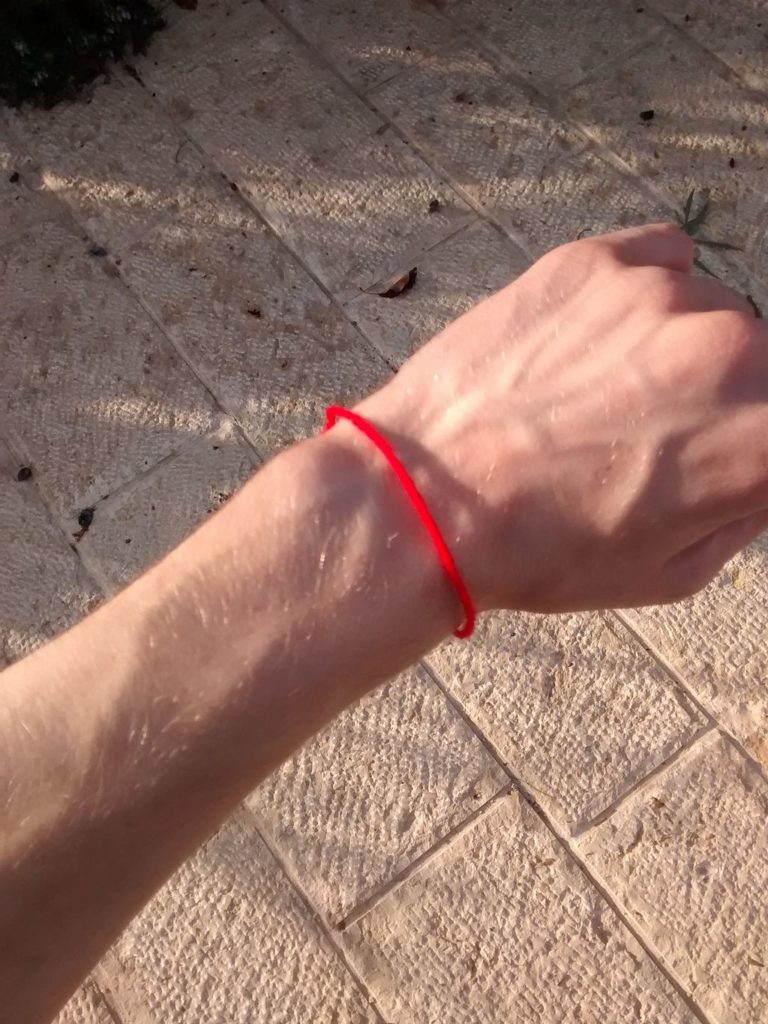
In both the Old and New Testaments, God commands His people to abstain from occult practices of any kind — in the strongest possible terms. Scripture consistently associates occult activity with superstition, idolatry, deception, fear, futility, uncleanness, and rebellion. God regards such things as evil, demonic, and deserving of swift and severe judgment. NOTE: In the Bible, some of the same Hebrew andGreek terms can be translated into English as witchcraft, sorcery, enchantments, divination, and sooth saying, depending on different Bible versions
Freemasonry

- Symbols, such as the Masonic emblem of “G” (said to represent God and Geometry) within a
compass (representing spirituality) and square (representing morality). - Controversies among Christians over whether Freemasonry is truly a religion and whether believers can, in good conscience, be Masons.
- Related institutions: American Masonry historically excluded blacks, so Prince Hall Masonry was
developed for African-Americans. Order of the Eastern Star (for women); Rainbow Girls and Job’s
Daughters (for girls); and DeMolay (for boys) are “appendant orders.” Shriners are a separate fraternity for Masons who have completed all the degrees in Scottish or York Rite Masonry.
Santeria
- “Botánicas,” shops in mostly Latino neighborhoods where statues, candles, bones, roots, and other Santería products are sold.
- Remains of animal sacrifices and offerings left on street corners for the spirits.
- Simple clay images (with eyes, nose and mouth made of cowrie shells) representing the messenger/trickster orisha Elegguá.
- Abakuá and Palo Monte/Palo Mayombe are related movements emphasizing black magic. Other related movements include macumba, Umbanda, and candomblé (Brazil); and voodoo (Haiti).
- Famous followers, said to include entertainers Desi Arnaz, Celia Cruz, and Mongo Santamaria.
- In the U.S.A., Santería is spreading most quickly in areas with large numbers of Latino immigrants, such as Miami, New York, Chicago, and Los Angeles.

Voodoo
- Voodoo should not be confused with hoodoo, a form of folk magic originating in the southern U.S.A. (though the two have some things in common).
- Sensationalized “zombies” (the walking dead) and “voodoo dolls,” as shown in some novels and movies, that do not reflect main voodoo beliefs.
- Related movements, including Santería (Cuba) and Tambor de Mina (Brazil).
- In North America, voodoo is most common in areas with Haitian immigrant communities, such
as Miami, New York City, Montreal, and Chicago. New Orleans, Louisiana, has its own peculiar form of voodoo.
Spiritualism

- The National Spiritualist Association of Churches, representing over 100 churches; there
are many other small groups, but no single central spiritualist organization. - The symbol of the sunflower, regarded as “the emblem of spiritualism” (“As the sunflower turns
its face to the light of the sun, so Spiritualism turns the face of humanity to the light of truth”). - “Spiritism” as a system of beliefs codified by French author Hippolyte Léon Denizard Rivail
(1804–1869), aka Allan Kardec. Kardecism has millions of followers in Latin America. - Newspaper articles about spiritualist communities in Lily Dale, New York and Cassadaga, Florida.
- Famous followers, including Sir Arthur Conan Doyle (1859–1930), creator of the Sherlock Holmes detective series.
Satanism
- Related groups, including the Temple of Set, founded in 1975 by Michael Aquino. Formal
Satanist organizations have generally been short lived. Many individuals are self-styled Satanists,
improvising beliefs and rituals. - Reports of satanist-inspired crime. Sensationalistic accounts of vast conspiracies of child-murdering Satanists have consistently been debunked.
- Popular films, novels, and rock bands have used Satanist-inspired imagery for shock value.
- Famous followers, said to include entertainers Jayne Mansfield, Sammy Davis Jr., and Marilyn Manson. Convicted multiple murderer Richard Ramirez (the “Night Stalker”) was reportedly a Satanist.
Wicca

- Increasing popularity of books and products related to various kinds of witchcraft, paganism,
and Goddess-worship. These include do-it-yourself spell-casting kits, candles, incense, lotions, and jewelry — often targeting young adult consumers. - Wicca-themed web sites and chatrooms for adults and teenagers.
- Pop-culture versions of witches and witchcraft, as seen in mainstream films (like Practical Magic and The Craft ), television programs (like Charmed, Sabrina the Teenage Witch, and Buffy the Vampire Slayer ), and fiction (such as Teen Witch and Wild Girls: The Path of the Young Goddess).
- Increasing acceptance of organized groups, such as pagan student unions on college and
university campuses. - Controversies over Wiccans serving as chaplains in prisons, hospitals, and the military.
Kabbalah

- Related institutions include Spirituality for Kids (educational program) and Oroz Research Centre (develops products with supernatural powers).
- Red string bracelets.
Why Highlight These Groups?
The occult takes many forms. Often occultism is practiced and promoted through organized groups—some of them admittedly religious, some not. Some of the movements described here (like Theosophy) may seem small, but their influence far exceeds their membership. Freemasonry itself has few occultic elements, but its rituals have been adapted by many occultic groups. Other religious groups with occultic roots (such as Mormonism and Scientology)are not listed here; the main focus is on groups openly practicing occultism today.
Did you enjoy this post? Learn more about Christianity and the occult in this great Rose eBook:
Christianity, Cults & the Occult eBook
“Christianity, Cults, and the Occult,” an eBook that can be read in 30 minutes or less, takes a close look at eleven cultic movements that have a wide range of occult connections side by side and compares them to the origins and key beliefs of Christianity. “Christianity, Cults, and the Occult” helps Christians understand their own beliefs, explains the backgrounds of different occults, and includes a list of occult terms and definitions, as well as Scriptural warnings against the occult.




cool